Callum J. Macgregor
Nocturnal pollination: An overlooked ecosystem service vulnerable to environmental change
Macgregor, Callum J.; Scott-Brown, Alison S.
Authors
Alison S. Scott-Brown
Abstract
© 2020 The Author(s). This is an open access article published by Portland Press Limited on behalf of the Biochemical Society and the Royal Society of Biology and distributed under the Creative Commons Attribution License 4.0 (CC BY). Existing assessments of the ecosystem service of pollination have been largely restricted to diurnal insects, with a particular focus on generalist foragers such as wild and honey bees. As knowledge of how these plant-pollinator systems function, their relevance to food security and biodiversity, and the fragility of these mutually beneficial interactions increases, attention is diverting to other, less well-studied pollinator groups. One such group are those that forage at night. In this review, we document evidence that nocturnal species are providers of pollination services (including pollination of economically valuable and culturally important crops, as well as wild plants of conservation concern), but highlight how little is known about the scale of such services. We discuss the primary mechanisms involved in night-time communication between plants and insect pollen-vectors, including floral scent, visual cues (and associated specialized visual systems), and thermogenic sensitivity (associated with thermogenic flowers). We highlight that these mechanisms are vulnerable to direct and indirect disruption by a range of anthropogenic drivers of environmental change, including air and soil pollution, artificial light at night, and climate change. Lastly, we highlight a number of directions for future research that will be important if nocturnal pollination services are to be fully understood and ultimately conserved.
Citation
Macgregor, C. J., & Scott-Brown, A. S. (2020). Nocturnal pollination: An overlooked ecosystem service vulnerable to environmental change. Emerging Topics in Life Sciences, 4(1), 19-32. https://doi.org/10.1042/ETLS20190134
| Journal Article Type | Review |
|---|---|
| Acceptance Date | May 12, 2020 |
| Online Publication Date | Jun 1, 2020 |
| Publication Date | Jul 1, 2020 |
| Deposit Date | Jun 8, 2020 |
| Publicly Available Date | Jun 8, 2020 |
| Journal | Emerging Topics in Life Sciences |
| Print ISSN | 2397-8554 |
| Publisher | Portland Press |
| Peer Reviewed | Peer Reviewed |
| Volume | 4 |
| Issue | 1 |
| Pages | 19-32 |
| DOI | https://doi.org/10.1042/ETLS20190134 |
| Keywords | Artificial light at night; Biodiversity; Climate change; Plant-insect interactions; Pollinators; Pollution |
| Public URL | https://hull-repository.worktribe.com/output/3516154 |
| Publisher URL | https://portlandpress.com/emergtoplifesci/article/doi/10.1042/ETLS20190134/225093/Nocturnal-pollination-an-overlooked-ecosystem |
Files
Published article
(1.7 Mb)
PDF
Copyright Statement
© 2020 The Author(s). This is an open access article published by Portland Press Limited on behalf of the Biochemical Society and the Royal Society of Biology and distributed under the Creative Commons
Attribution License 4.0 (CC BY).
You might also like
Pollination by nocturnal Lepidoptera, and the effects of light pollution: A review
(2014)
Journal Article
Brownfield sites promote biodiversity at a landscape scale
(2021)
Journal Article
Downloadable Citations
About Repository@Hull
Administrator e-mail: repository@hull.ac.uk
This application uses the following open-source libraries:
SheetJS Community Edition
Apache License Version 2.0 (http://www.apache.org/licenses/)
PDF.js
Apache License Version 2.0 (http://www.apache.org/licenses/)
Font Awesome
SIL OFL 1.1 (http://scripts.sil.org/OFL)
MIT License (http://opensource.org/licenses/mit-license.html)
CC BY 3.0 ( http://creativecommons.org/licenses/by/3.0/)
Powered by Worktribe © 2025
Advanced Search
